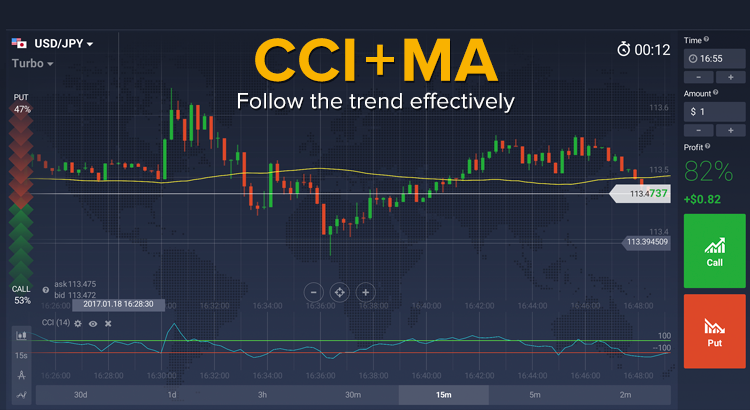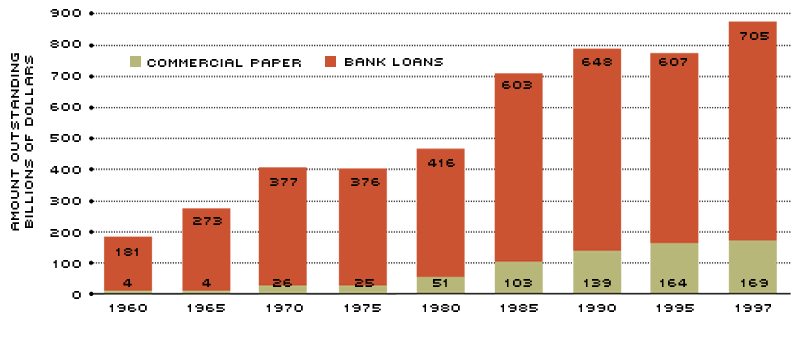
IaaS cloud servers are typically offered to businesses over the internet, whether through a dashboard or an API, ensuring users have complete control over their computing infrastructure. Cloud-based services have transformed how businesses have worked, allowing them to use IT infrastructures, platforms, software and applications via the Internet and online hotspots. In what differentiates paas from saas conclusion, both PaaS and SaaS offer valuable solutions in the realm of cloud computing, but their unique characteristics cater to different needs and use cases. The development of applications usually necessitates the use of a variety of tools. PaaS is contrasted by the fact that the provider is responsible for hosting the hardware or software on his infrastructure.
PaaS (Known as a Platform as a service) provides hardware and software tools to develop applications over the Internet. Developers mostly use the PaaS cloud platform to design and develop software applications. DBaaS or Database as a Service is a managed cloud service model that hosts your database and allows you to access database services without managing any software. IaaS provides you the most freedom of control as it lets you manage your applications, data, middleware, and operating system.
Interested in trying out the cloud?
PaaS is primarily used by developers who are building software or applications. PaaS delivery is comparable to SaaS methods, with the main difference being that customers are not able to access online software but an online platform. It allows complete control over your infrastructure and operates on a pay-as-you-use model, which fits into most budgets. IaaS works primarily with cloud-based and pay-as-you-go services such as storage, networking and virtualization.
The SaaS vendor implements security and compliance; however, risks with unauthorized access and data theft remain. Industry-leading SaaS providers implement security measures to ensure their platform is validated by third-party organizations. IBM Cloud Code Engine, a fully managed, serverless platform, runs containerized workloads, including web apps, microservices, event-driven functions, and more. Today, just about any personal or employee productivity application is available as SaaS; specific use cases are too numerous to mention (some are listed above). These cloud delivery models give users choices, flexibility and options that on-premise hosting simply cannot provide. BigCommerce provides complete shopping cart software and hosting infrastructure to the user, allowing businesses to create an online shop within minutes without worrying about coding, hosting or software.
FAQs About SaaS vs PaaS vs IaaS
Every type of cloud-computing is different and has pros and cons that vary from the rest. Understanding the structure of each one will help you determine the right approach for your business. Compare these to on-premise software, which is installed locally on a server or device at an organization’s physical location. The vendor provides the scaling capability, a small amount of tuning may be required.
Every service model has its pros and cons; where SaaS uses packaged content as it does not have any control over maintenance issues, and PaaS and IaaS are not suitable for all types of workloads. Companies have been moving their IT infrastructures to a cloud platform as the cloud has been booming for a few years. Cloud computing technology has several cloud products, such as cloud storage, namely public cloud, private cloud, and hybrid cloud. A recent move towards cloud computing solutions by various organizations depends on their needs only.
Examples of PaaS
The delivery model of PaaS is similar to SaaS, except instead of delivering the software over the internet, PaaS provides a platform for software creation. This platform is delivered via the web, giving developers the freedom to concentrate on building the software without having to worry about operating systems, software updates, storage, or infrastructure. SaaS (Known as Software as a Service) gives access to software and its functions. Here no need to invest in additional hardware, as the software is hosted remotely. Also known as Storage as a service, it provides storage space from third-party providers, and users utilize those space when data is been transferred from users to the service provider.
The primary difference is that SaaS is involved with software and the way it is presented, whereas PaaS is involved with platforms and how they are presented. It implies that although the features of these two services may correlate in some instances, they are indeed very different. This explains the difference between IaaS, PaaS and SaaS, however, read here to know about the difference between cloud computing models like private, public or hybrid cloud. IaaS, PaaS, and SaaS are all under the umbrella of cloud computing (building, creating, and storing data over the cloud). To understand the difference between them, think about them in the order we’ve presented them.

This allows each business to design a software program that is tailor-made to its own unique needs and specifications. Due to its web delivery model, SaaS eliminates the need to have IT staff download and install applications on each individual computer. With SaaS, vendors manage all potential technical issues, such as data, middleware, servers, and storage, resulting in streamlined maintenance and support for the business. It brings together managed infrastructure and a cloud service provider. It's interesting to note that SaaS differs from other applications by offering improved access to data, simple personalization, & developed infrastructure. To enhance efficiency and availability, most apps are managed by SaaS providers.
On-Premises Software
Users pay a monthly or annual fee to use a complete application from within a web browser, desktop client or mobile app. The application and all of the infrastructure required to deliver it - servers, storage, networking, middleware, application software, data storage - are hosted and managed by the SaaS vendor. 'As a service' refers to the way IT assets are consumed in these offerings - and to the essential difference between cloud computing and traditional IT. In cloud computing, the cloud service provider owns, manages and maintains the assets; the customer consumes them via an Internet connection, and pays for them on a subscription or pay-as-you-go basis. SaaS is a suitable option for businesses and individuals who require access to ready-to-use software applications without the need for extensive customization or in-house development.
5 Q's for Krzysztof Malicki, CEO of Trusted Twin - Center for Data Innovation
5 Q's for Krzysztof Malicki, CEO of Trusted Twin.
Posted: Fri, 12 May 2023 07:00:00 GMT [source]
Learn from the founders behind hundreds of profitable online businesses, and connect with others who are starting and growing their own companies. The second difference is that PaaS can be utilized instantly without having to set up any architecture. I just wanted to let you know that its price is based on the amount of time you plan to use it. Your information is not secure if you use SaaS because it isn't encrypted. Even if the information is encrypted, Because it is invisible to the black box, there is a possibility it will hack the data.
IaaS providers manage their customers’ data on physical servers across the world. For instance, SaaS may be your best choice if you want out-of-the-box features without the installation hassle. For these reasons, the SaaS product model has become one of the most popular cloud service models among businesses today.
Examples of SaaS
It allows easy application development and deployment, mainly supporting customer-focused apps. There is no need for technical knowledge to set up or use SaaS applications. However, some technical expertise is needed for the basic set-up of PaaS applications, and IaaS provider requires in-depth technical knowledge and writing to set up and use the application.
- The PaaS model allows users to develop, deploy, and test programs and applications on the cloud.
- IaaS customers use the hardware via an internet connection, and pay for that use on a subscription or pay-as-you-go basis.
- If there’s an outage or issue with the hardware or operating system, the software will go out with it.
- IaaS facilitates small-sized businesses and organizations seeking an inexpensive cloud solution to support their business.
They can change and fit the applications to the exact needs of their business based on various factors like company size and current software systems. PaaS systems require more know-how than SaaS systems but still provide a significantly easier method for developing software while doing much less coding. Basically, it is a service where a third-party provider provides both software and hardware tools to the cloud computing. It helps us to organize and maintain useful applications and services.
While with IaaS, Operating systems are more directly under the control of administrators. IBM has a broad menu of IaaS, PaaS and SaaS offerings to meet your company’s needs up and down the stack. IBM’s rich and scalable PaaS solutions help organizations develop cloud native applications from scratch, or modernize existing applications to benefit from the flexibility and scalability of the cloud. IBM also offers a full IaaS layer of virtualized compute, network, and storage within our full-stack cloud platform, and more than 150 SaaS business applications to help you innovate. IaaS is scalable and offers businesses greater flexibility than on-premise solutions through the cloud.

Let’s take a look at what these two systems offer and how PaaS differs from SaaS in this article. Utilizing PaaS is beneficial, sometimes even necessary, in several situations. For example, PaaS can streamline workflows when multiple developers are working on the same development project. If other vendors must be included, PaaS can provide great speed and flexibility to the entire process. PaaS is particularly beneficial if you need to create customized applications. The development of applications typically requires the utilization of a number of tools.
